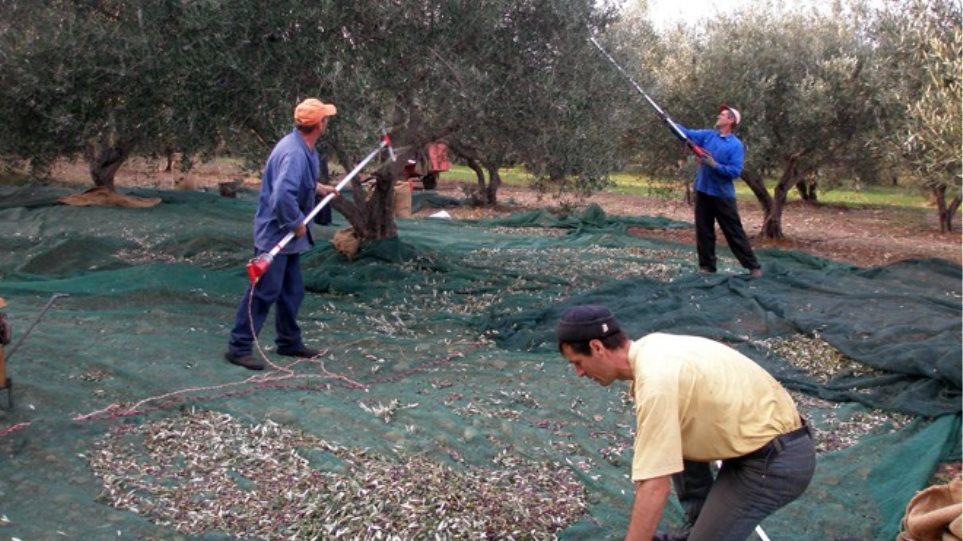Olive oil, often referred to as “liquid gold,” has been a staple of Mediterranean diets and cultures for millennia. Its production, especially using traditional methods, is a meticulous process that not only preserves the rich flavors and nutritional value of the oil but also maintains a deep connection to the cultural heritage of regions like Crete, Italy, and Spain. Understanding traditional olive oil production methods offers insight into an ancient practice that combines agriculture, craftsmanship, and a respect for nature.
The Olive Harvest
The production of olive oil begins with the harvesting of olives. Traditionally, this process is carried out by hand, a labor-intensive method that ensures the olives are picked at their peak ripeness. Harvesting usually takes place from late autumn to early winter. In some areas, long sticks, known as “varas,” are used to gently knock the olives from the trees, causing them to fall onto nets spread beneath the trees. This method minimizes damage to the fruit, which is crucial for producing high-quality oil.
Sorting and Cleaning
Once harvested, the olives are carefully sorted to remove any leaves, twigs, or debris. This step is vital to ensure that only the best olives are used in oil production. Traditionally, the cleaning process involved washing the olives in water to remove dirt and impurities. Modern adaptations of traditional methods might use air blowers and vibrating screens to achieve the same effect without compromising the authenticity of the process.
Crushing the Olives
The next step is crushing the olives to create a paste. Traditionally, this was done using large, heavy stone mills, often made from granite. These mills, known as “molinos” in Spanish or “frantoi” in Italian, consist of a large stone wheel that rotates and crushes the olives against a stone base. This slow, gentle crushing process is essential for preserving the delicate flavors and aromatic compounds of the olives. The resulting paste contains both solid and liquid components, including the olive’s oil, water, and pulp.
Malaxation
Malaxation is the process of slowly churning or mixing the olive paste to help the oil droplets merge and separate from the water and solid particles. Traditionally, this step was carried out in large, shallow stone basins. The paste would be spread out and mixed by hand or with wooden paddles. This process can take up to 40 minutes and is crucial for enhancing the oil yield. Maintaining a low temperature during malaxation is important to prevent the loss of volatile compounds that contribute to the olive oil’s flavor and aroma.
Pressing
After malaxation, the olive paste is ready for pressing. In traditional methods, this involved placing the paste onto woven mats or discs, known as “fiscoli,” which were then stacked and placed in a press. The press, often a wooden or metal screw press, would apply gradual pressure to the mats, squeezing out the oil and water from the paste. The liquid collected at this stage is a mixture of oil and water.
Separating the Oil
The final step is separating the olive oil from the water and any remaining solid particles. Traditionally, this was done through natural decantation. The oil and water mixture would be left to sit in large settling tanks, allowing the oil to naturally rise to the top due to its lower density. The oil would then be skimmed off or drained from the tanks. This method, while time-consuming, ensures that the oil retains its pure, unaltered flavor.
Storage and Bottling
Once separated, the olive oil is stored in stainless steel containers or terracotta jars to protect it from light and air, which can cause oxidation and spoilage. The containers are kept in cool, dark environments until the oil is ready to be bottled. Traditionally, olive oil was stored in clay amphorae, which allowed for a small amount of air exchange, potentially enhancing the oil’s flavor over time.
Conclusion
Traditional olive oil production methods are a testament to the craftsmanship and deep respect for nature that has characterized Mediterranean cultures for centuries. These methods, though labor-intensive and time-consuming, produce olive oil of exceptional quality, rich in flavor and nutritional value. By preserving these traditional practices, producers not only maintain a connection to their cultural heritage but also ensure that the unique qualities of their olive oil continue to be appreciated by future generations. In a world increasingly dominated by industrial processes, traditional olive oil production stands as a beacon of sustainability and authenticity.


